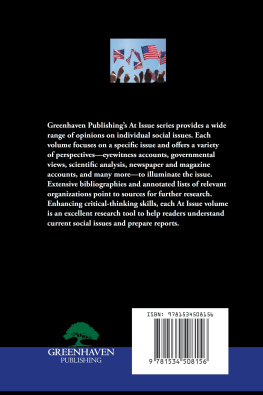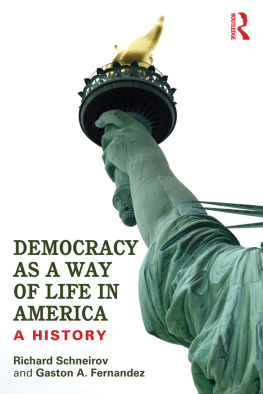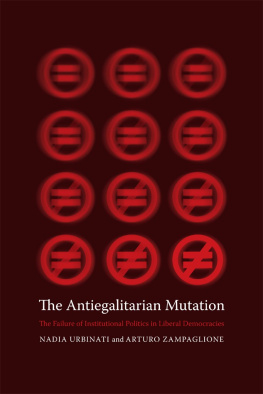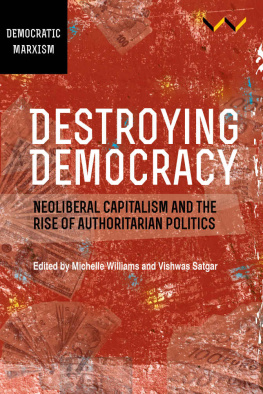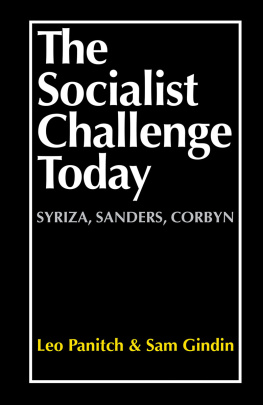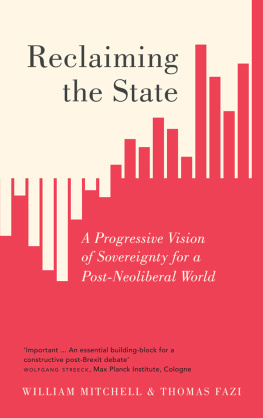The Public Option: How to Expand Freedom, Increase Opportunity, and Promote Equality (with Anne L. Alstott)
The Crisis of the Middle-Class Constitution: Why Economic Inequality Threatens Our Republic
This is not an ordinary political moment. Everywhere around us, the old order is collapsing. The golden age of postwar economic growth is over, replaced by a new Gilded Age of inequality and stagnation. The long march toward justice and equality now faces intolerant resistance storming the streets. People once united by common culture and information are now fractured into social media echo chambers. The liberal international order is cracking as nationalism grows in strength and global institutions decay. The United States role as a global superpower is challenged by the rising strength of China and a new era of Russian assertiveness. Optimists hope that generational and demographic change will restore inexorable progress. Pessimists interpret the current moment as the decline and fall of democracy.
Moments of extraordinary political change, moments like this one, have long fascinated political observers. Since the time of the Greeks and Romans, political observers believed that history was cyclical. Monarchies, aristocracies, and republics would degrade into tyrannies, oligarchies, and mob rule, leading ultimately to revolution and the creation of a new regime. In the United States, Henry Adamsthe grandson and great-grandson of presidents and a distinguished historianthought history was like a pendulum, oscillating between unity and complexity. Arthur Schlesinger Jr. argued that history moved in phases, periods in which one approach to politics dominated only to be replaced by another. The idea came from his father, who had once written that politics moved like the tides, ebbing and flowing between periods of public purpose and private interest.
Nor has this way of thinking been limited to historians. The economist Joseph Schumpeter understood capitalism through the business cycle, emphasizing entrepreneurs and creative destruction rather than stability and equilibrium. Thomas Kuhn described the march of science as a series of revolutionary paradigm shifts. One framework would dominate for a time, but exceptions would eventually undermine the paradigm, and another would take its place.
The premise and argument of this book is that we are currently in the midst of one of these epochal transitions. We live on the edge of a new era in politicsthe third since the Great Depression and World War II. The first era is probably best described as liberal. Liberal is a complicated word, with almost as many meanings as there are individuals who use it. But from the 1940s through the 1970s, a version of political liberalism provided the paradigm for politics. Charting a path between the state control of communists and fascists and the laissez-faire market that dominated before the Great Depression, liberals adopted a form of regulated capitalism. Government set the rules of the road for the economy, regulated finance, invested to create jobs and spark consumer demand, policed the bad behavior of businesses, and provided a social safety net for Americans. Big institutionsbig government, big corporations, big laborcooperated to balance the needs of stakeholders in society. In the United States, it was called New Deal Liberalism. In Europe, social democracy. There were differences across countries, of course, but the general approach was similar.
The best proof that this was a liberal era is that even the conservatives of the time were liberal. Republican president Dwight Eisenhower championed the national highway system and warned of the military-industrial complex. President Richard Nixon said, I am now a Keynesian in economics. His administration created the EPA and expanded Social Security by indexing benefits to inflation. The Tory prime minister Harold Macmillan in Britain didnt undo the National Health Service; he passed the 1956 Clean Air Act and supported full employment. On the international stage, economic policy was a form of embedded liberalism, markets wrapped in the political and social needs of states and individuals, empowering national welfare states while facilitating international economic cooperation. Containmentwhich involved accepting the existence of the Soviet Unionwas the North Star of foreign policy across the political spectrum.
In the United States, the liberal era reached its end with Democratic president Jimmy Carter. In control of the House, Senate, and presidency, Democrats could only pass a watered-down Full Employment Act that abandoned their long-held goals, and they failed to pass modest labor law reforms altogether. Their coalition seemed increasingly fractured between more conservative Democrats like Carter and old liberals like Senator Ted Kennedy (who challenged Carter for the presidency in 1980). An increasing number of people worried that liberalisms solutions were unsuited to the challenges of the time.
Since the 1980s, we have lived in a second erathat of neoliberalism. In economic and social policy, neoliberalisms tenets are simple: deregulation, privatization, liberalization, and austerity. Under neoliberalism, individuals are on their own and should be responsible for themselves. Instead of governments, corporations, and unions balancing the interests of all stakeholders, the primary regulator of social interests should be the marketplace. Neoliberals opposed unions and unionization, they wanted to pursue vouchers instead of public provision of services, and they sought to shrink the size and functioning of government, even if it meant a less effective government. Markets worked like magic, and market logic would be applied to all aspects of life. Around the world, the neoliberal era came with an aggressive emphasis on expanding democracy and human rights, even by military force. Expanding trade and commerce came with little regard for who the winners and losers wereor what the political fallout might be.
Although many of them chafe at this label, even the liberals were neoliberal during this era. It was President Bill Clinton who said that the era of big government is over and who celebrated legislation deregulating Wall Street. Prime Minister Tony Blair pioneered the Third Way in Britain, transforming Labour into New Labour and embracing market principles. After the Great Recession, the United States and Europe toyed with Keynesian spending but soon opted for austerity. Even core aspects of the Affordable Care Actthe signature achievement of President Barack Obamawere originally developed by the Heritage Foundation, a conservative think tank. Obamacares central feature is not public provision of health insurance; it is a system of private markets with targeted subsidies. Around the world, the Washington Consensus united liberals and conservatives who pushed liberalization policies on developing countries through economic diplomacy and the International Monetary Fund. Both parties also adopted aggressive foreign policies to expand democracy and human rights abroad; the main difference was that neoconservatives were willing to go it alone while liberal internationalists preferred to operate through the United Nations.
With the election of Donald Trump, the neoliberal era has reached its end. While in control of the House, Senate, and presidency, Republicans neither repealed the Affordable Care Act nor privatized Social Security and Medicare. Their party is increasingly fractured between Trumpist conservatives, who are far more nationalist, and the never-Trump old-line conservatives like Bill Kristol or Jeb Bush. An increasing number of people recognize that neoliberalisms solutions are unsuited to the challenges of our time.



